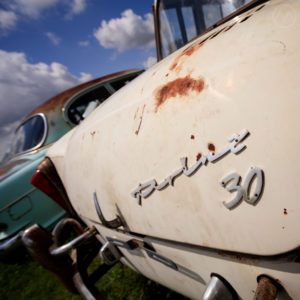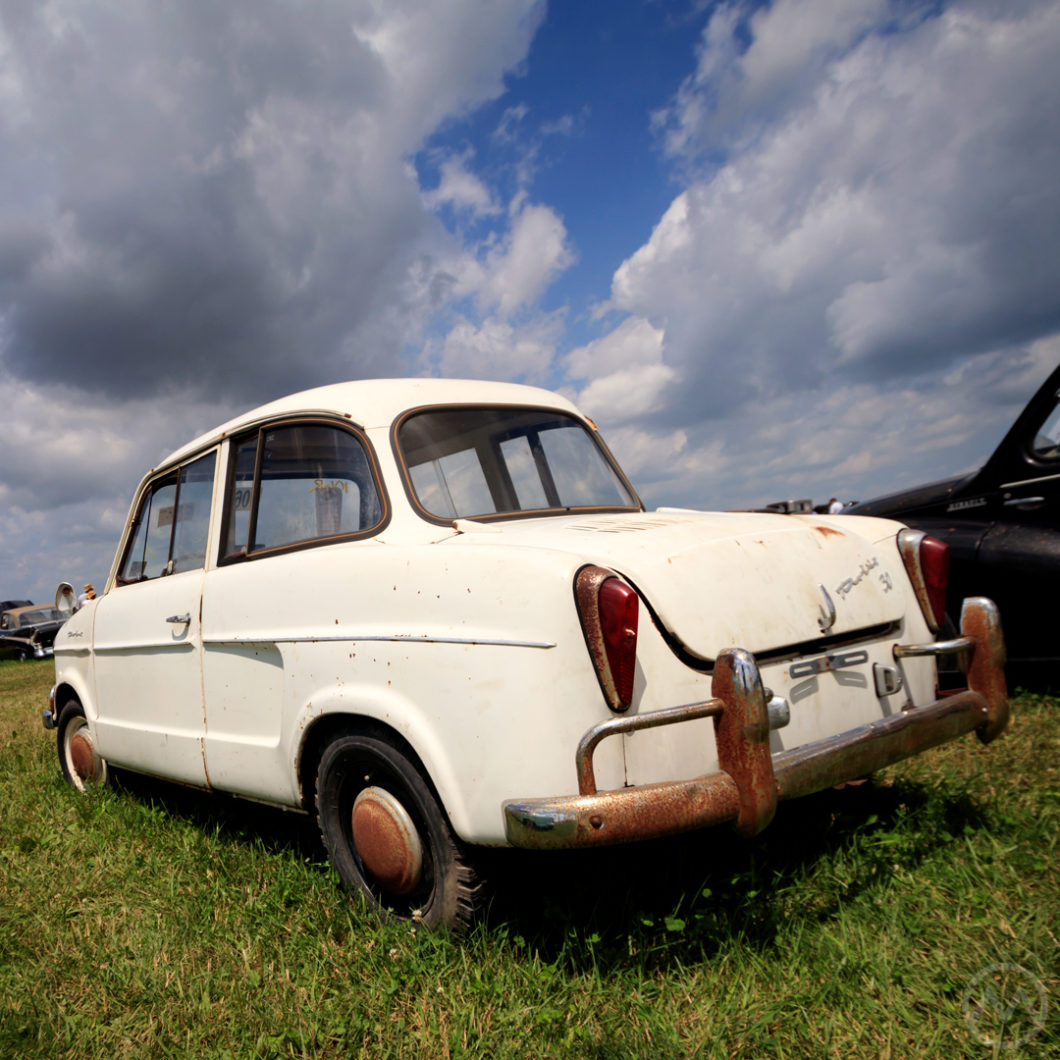Drive a Prince and you’ll be a king (“Fahre ein Prinz und Du bist König”)? Well, maybe. That’s what the advertising said.
The original NSU Prinz was distinctly more proletarian than Royal, despite the name, but it did represent a triumphant comeback for NSU, a firm which dated back to 1877. The Neckarsulm-based company had abandoned car production in 1931 after ambitious expansion plans crashed into unhappy market realities in the late 1920s.
Having built a brand-new factory in nearby Heilbronn to manufacture large volumes of cars that never materialized, NSU sold the plant to Fiat and licensed its name for “NSU-Fiat” car production in early 1929, then wound down its old models.
Before the war there was little interest in cars at Neckarsulm, and Fiat’s Heilbronn subsidiary, just 7km away, was left to its own devices. The “Old” NSU didn’t want to build cars, and NSU-Fiat wasn’t interested in motorcycles.
After WW2, however, NSU’s motorcycles quickly rebounded and became global market leaders and dominant racers. The huge success kindled car production ambitions. The Prinz was the result, but it was a battle to make it happen.
By 1953-54, NSU wanted to build a small car, and plans to build a 400-cc microcar were formalized in 1955.
By then, NSU was the largest motorcycle manufacturer in the world, and it resented Fiat trading off of what it considered its reputation – customers generally recognized NSU-Fiats were Fiats, but the name was largely the same and NSU motorcycles were now world-famous.
An increasingly terse series of communications from opposing lawyers eventually got the two companies in front of a judge as NSU prepared to engineer its microcar. In the fall of 1956, NSU-Fiat was forced to relinquish the name in favor of Neckar, albeit gradually, and NSU had already moved ahead with what became the Prinz – a direct competitor for the Fiat 500, – also built under license by NSU-Fiat/Neckar.
To build the car, a new factory was constructed and the cost of designing and productionizing the car was 7.5M DM, a huge sum even for a firm as successful as NSU. The car first appeared at Frankfurt in late 1957.
A pilot run of 150 cars was done to iron out last minute bugs, and the little Prinz, with its raucus, 26-hp 583-cc air-cooled twin and crash four-speed, started arriving at stores in the spring of 1958.

Small inside and out, four adults were a challenge but it was surprisingly durable and practical – and meant to be easy to maintain without too much specialized knowledge – not coincidentally like a Motorcycle.
In the late 1950s West Germany was full of microcars, and the Prinz was a durable and high-quality entry – it immediately did well at home, and in the spring of 1959 it arrived in the USA via an importer named Fadex Corp. with offices in New York and California.
In the U.S., the cars didn’t have a big impact but did make noise by winning their class at the “Little Le Mans” 8-hour race at Lime Rock in 1959.
Improvements were quickly made to the car including a synchro gearbox and a 30-hp version called the “Prinz 30,” seen here. 10% of NSU production made its way to the U.S. in 1959, and about 8% in 1960 before American compacts temporarily bigfooted a large chunk of the import market.
Because of the Prinz’s size, American compacts weren’t really an alternative or threat to it, so sales didn’t crater in 1960 – though they never got above about 4,000 cars a year.
The Prinz was too small for most Americans, but Europeans really liked it. The Prinz was continually improved throughout the run and buyers were made aware by new labels – Prinz II, Prinz III, etc., each with higher levels of trim and brightwork.
The original was superceded in late 1961 by the Prinz 4 – heavily influenced by Chevrolet’s Corvair in appearance, but the old micro remained in production for almost another year thanks to continuing interest.

